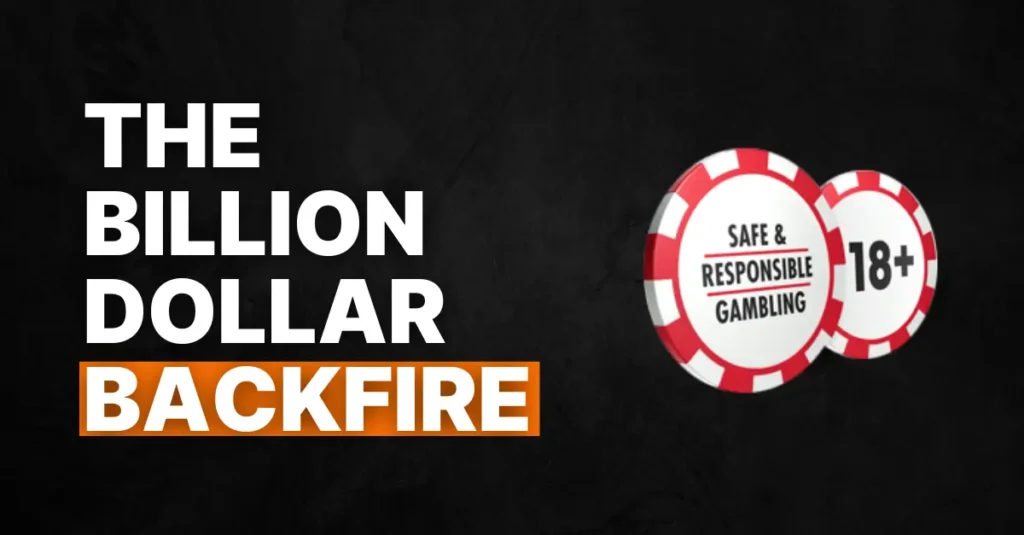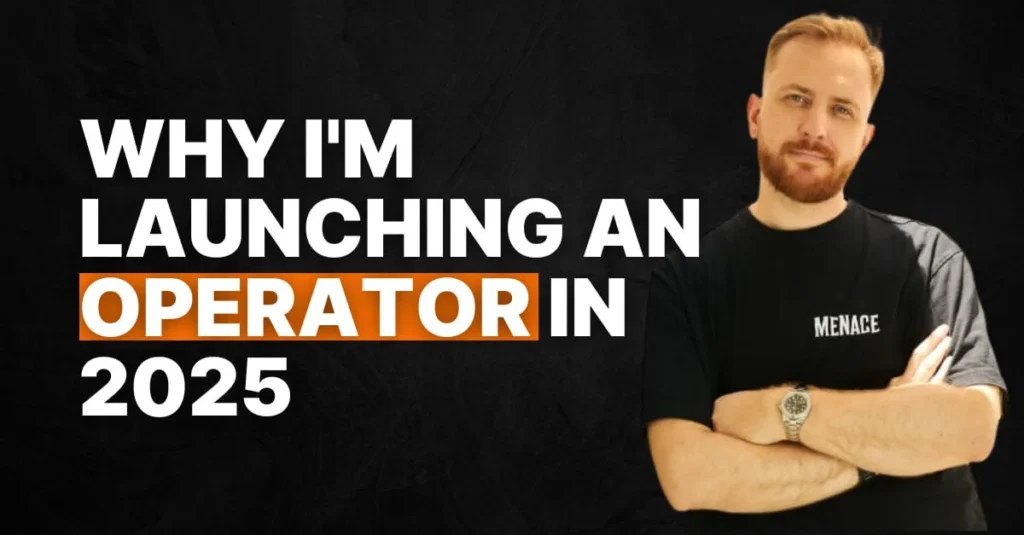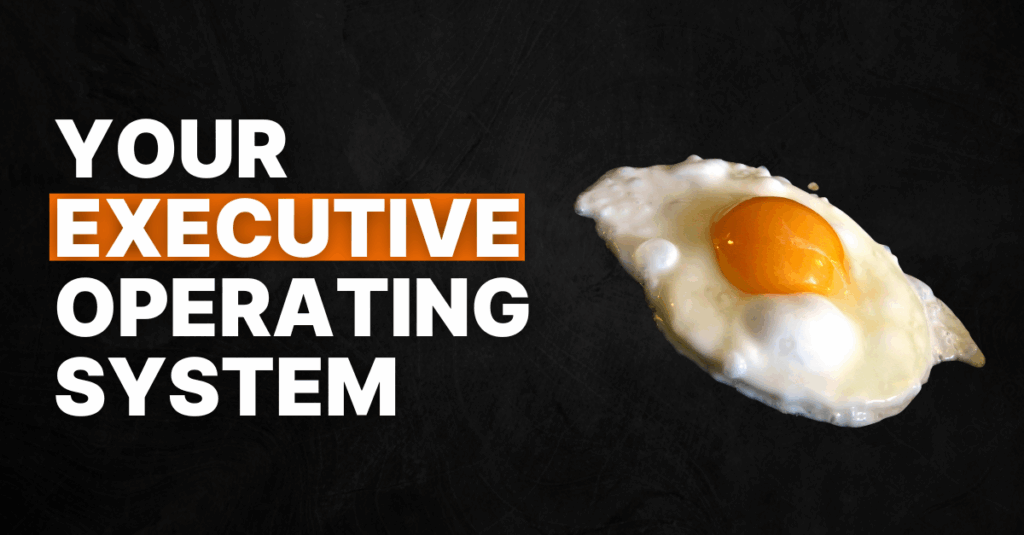You’ve probably heard the statistic. Human attention spans have shrunk to eight seconds, which is less than a goldfish. It gets trotted out at every conference, usually by someone selling a solution to the problem.
It’s also bullshit.
Dr. Gloria Mark at UC Irvine has been tracking attention for two decades. Her longitudinal research shows that attention on screens dropped from 2.5 minutes in 2004 to 47 seconds today. That part is real. But here’s what the goldfish crowd misses is it isn’t cognitive decline, but environmental adaptation.
People retain full capacity for deep focus when they’re intrinsically motivated, when stakes are high, and when distractions are removed. The hardware hasn’t changed. What changed is the way we’ve been conditioned to deploy attention in digital environments.
The question isn’t “why can’t we focus?”
The question is “what trained us to switch?”
The Dopamine Architecture
The answer comes from an unlikely place: gambling research.
Wolfram Schultz’s work on dopamine neurons revealed something counterintuitive. Dopamine doesn’t encode pleasure; it encodes the difference between expected and received rewards. When outcomes exceed expectations, dopamine surges. When rewards match expectations, activity flatlines. Predictable pleasure is, neurologically speaking, boring.
And research by Fiorillo went further. Dopamine neuron activity peaks at 50% reward probability, which is maximum uncertainty. Not guaranteed reward. Not guaranteed failure. The sweet spot is not knowing.
This is now the foundational design principle of mainstream entertainment. TikTok’s algorithmic feed. Instagram’s notification timing. The infinite scroll. Each swipe offers potential reward, creating anticipation cycles that keep you engaged far longer than predictable content delivery ever could.
Platforms have become dopamine delivery systems. Dr. John Hutton of Cincinnati Children’s Hospital calls TikTok a “dopamine machine.” He’s not being metaphorical.
But here’s where it gets interesting. The shift isn’t just about media consumption, but about participation.
An fMRI study compared active video game players to passive observers watching identical gameplay. Same visual stimuli. Same audio. Same everything… except one group had control. The result: mesolimbic reward regions were activated significantly more in players than in observers. The participatory nature of gameplay, not the stimulation intensity, drove the neurological response.
This explains a lot. Fantasy sports research shows participants experience both higher anxiety and greater positive mood. The highs and lows are equally intense. Sports betting data reveals that without a bet, 25% of viewers abandon blowout games. With money at stake? Only 10% leave. “Skin in the game” isn’t a metaphor. It’s measurable brain chemistry.
Entertainment has shifted from something we watch to something we do. And the doing activates reward circuits that passive viewing simply cannot reach.
There’s an irony buried in this. Maximum dopamine release occurs during anticipation, not consumption. The scroll is more rewarding than what you find. The bet is more exciting than the outcome. Variable rewards produce engagement but also tolerance, meaning you need more stimulation to achieve the same response.
We’re biochemically conditioned to keep chasing, not to feel satisfied.
This might explain why hours of scrolling leave you feeling hollow rather than entertained. The system is working exactly as designed. You’re just not the beneficiary.
Story Over Substance
If dopamine architecture explains how entertainment captures attention, narrative psychology explains what it captures attention with.
Stanford research found that stories are up to 22 times more memorable than facts alone. Jerome Bruner’s work showed that facts embedded in narrative are 20 times more likely to be remembered. Character-driven content triggers oxytocin synthesis, creates empathy, reduces critical thinking, and makes information more persuasive.
Entertainment has fully absorbed this insight.
Drive to Survive transformed Formula 1’s American audience not by making racing better but by making drivers into characters. Before the Netflix series, US F1 viewership averaged around 547,000. By 2021, it hit 934,000. Which is a 54% increase. The sport didn’t change. The storytelling did.
Jake Paul versus Mike Tyson drew 108 million global viewers despite widespread criticism of the fight quality. The event was optimised for narrative. A 27-year-old YouTuber versus 58-year-old legend. People weren’t tuning in for athletic merit. The story was the product.
Khabib Nurmagomedov recently admitted that Dana White “orchestrated” his rivalry with Conor McGregor, connecting the infamous dolly incident to building UFC’s most anticipated matchup. The WWE playbook (scripted storylines, clear heroes and villains, manufactured conflict) has become the template for mainstream sports success.
Power Slap exists as what one critic called “blood-soaked snackables.” It’s structured for 30-second viral clips, not athletic development. The format is the point.
Sports viewership data tells the story clearly: viewers over 50 are 50% likely to watch entire games start-to-finish. Viewers under 25? Just 30%. Meanwhile, sports highlight consumption on social platforms grew 44% between 2020 and 2024. Fans increasingly follow teams through clips, not broadcasts. Through narratives, not matches.
The Open Question
None of this is a criticism. Or maybe it is. I’m genuinely not sure.
What I do know is that entertainment is now systematically engineered around principles discovered in gambling psychology and narrative neuroscience. Unpredictability maximises dopamine. Participation activates reward circuits. Stories bypass critical thinking.
The question isn’t whether this is good or bad. Markets don’t care about good or bad. They care about attention, and attention flows toward what’s been engineered to capture it.
The question is whether understanding what’s being built changes anything. Whether knowing the mechanics gives you agency, or whether the mechanics work regardless.
I don’t have an answer. But I think about it every time I catch myself scrolling past the thing I opened my phone to do.



